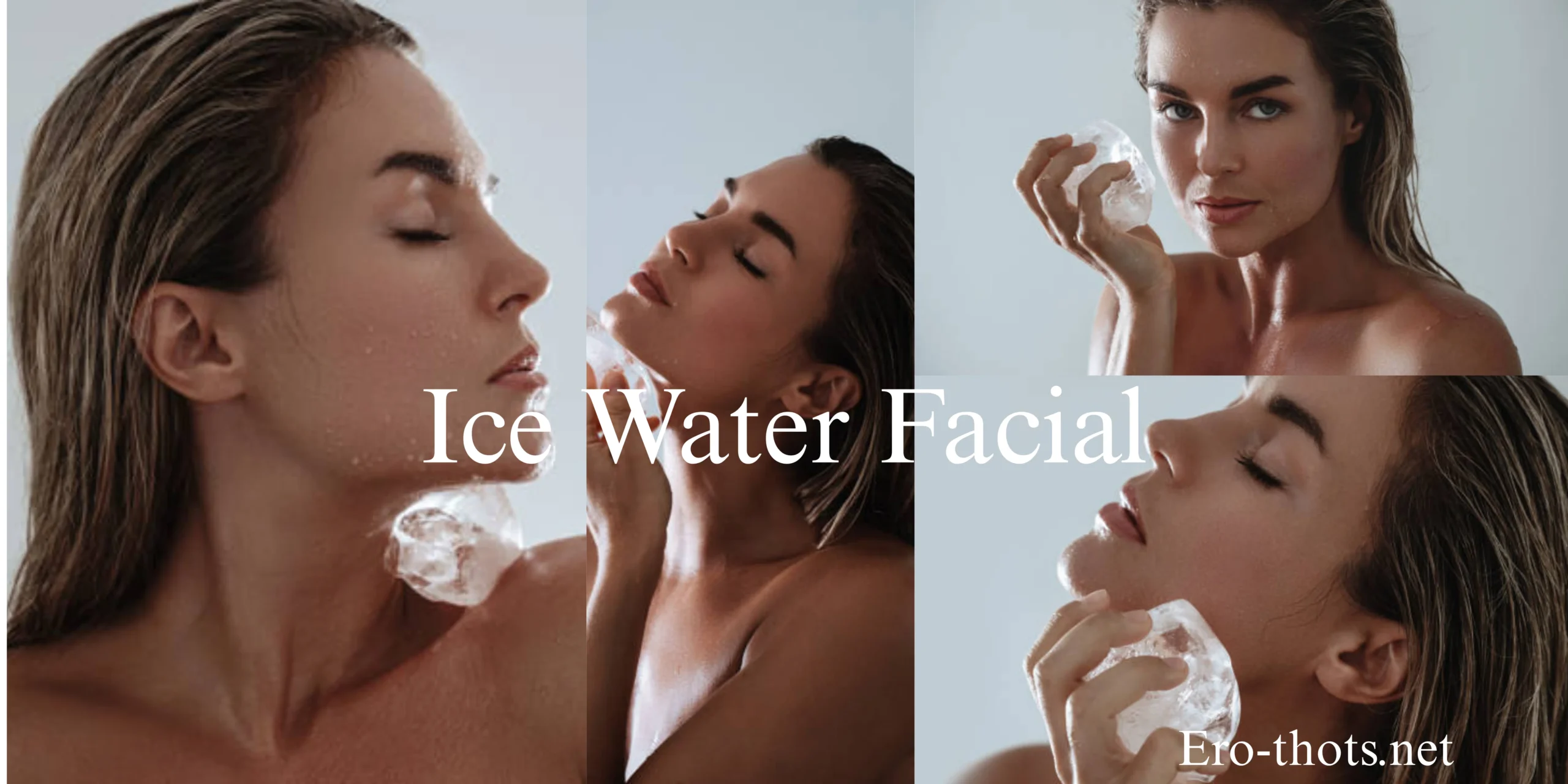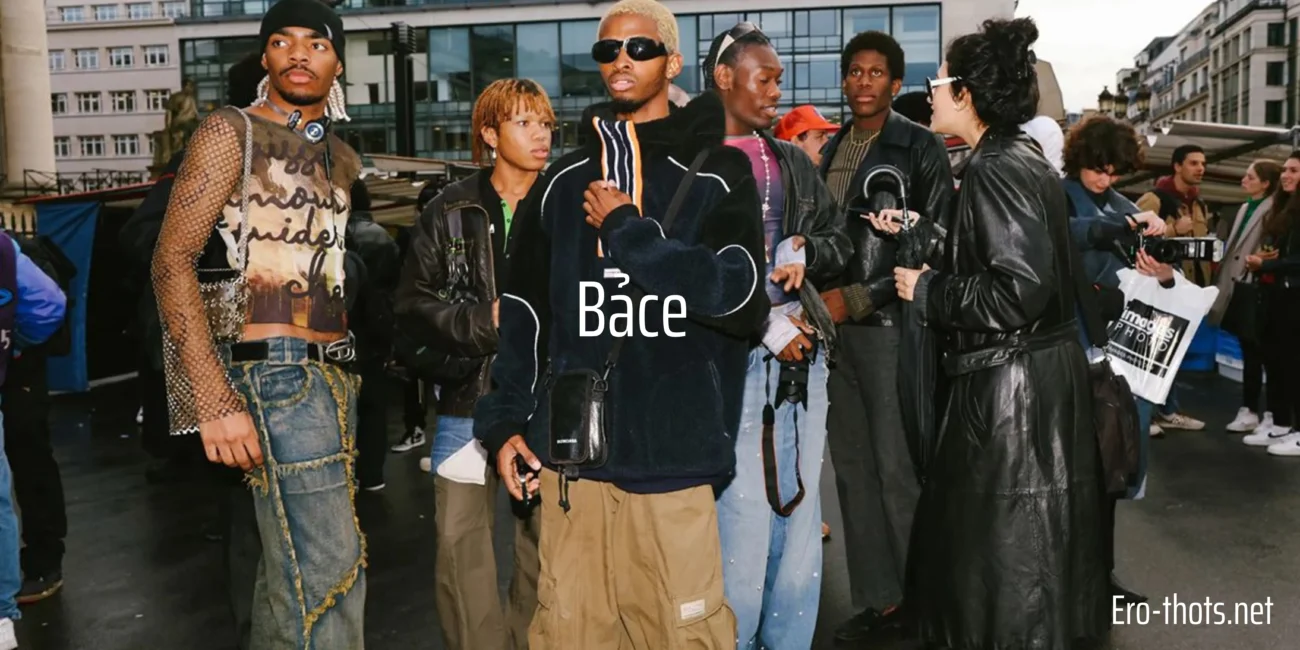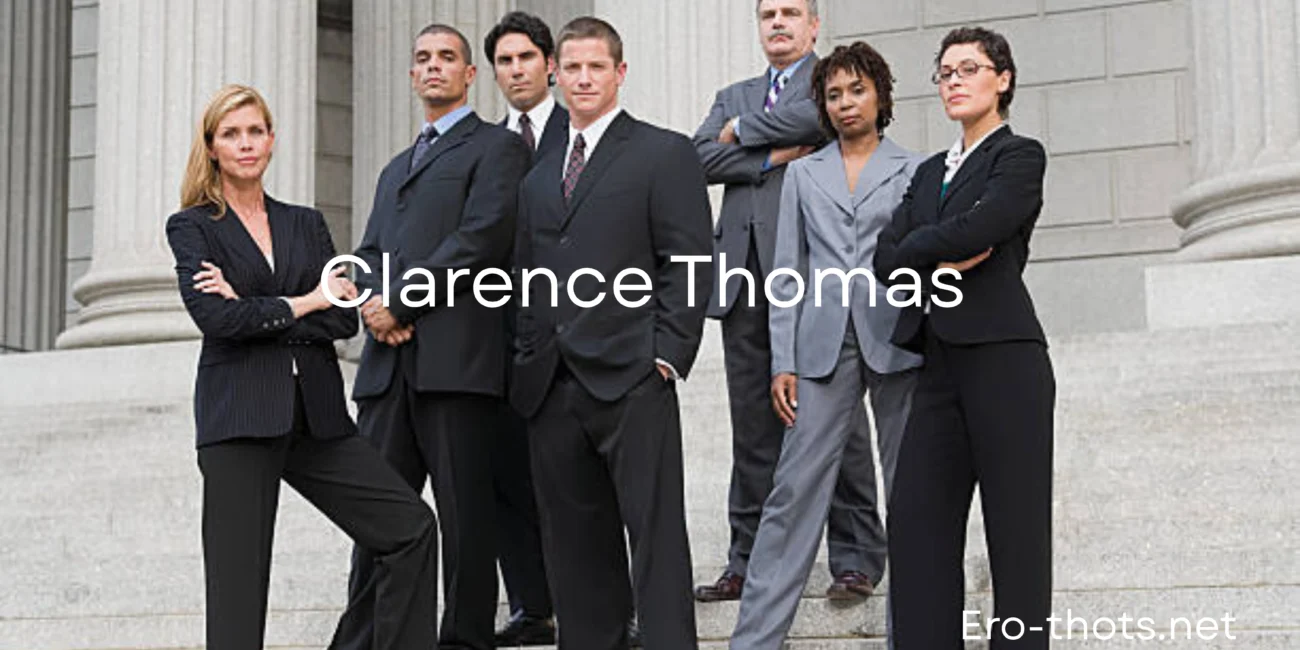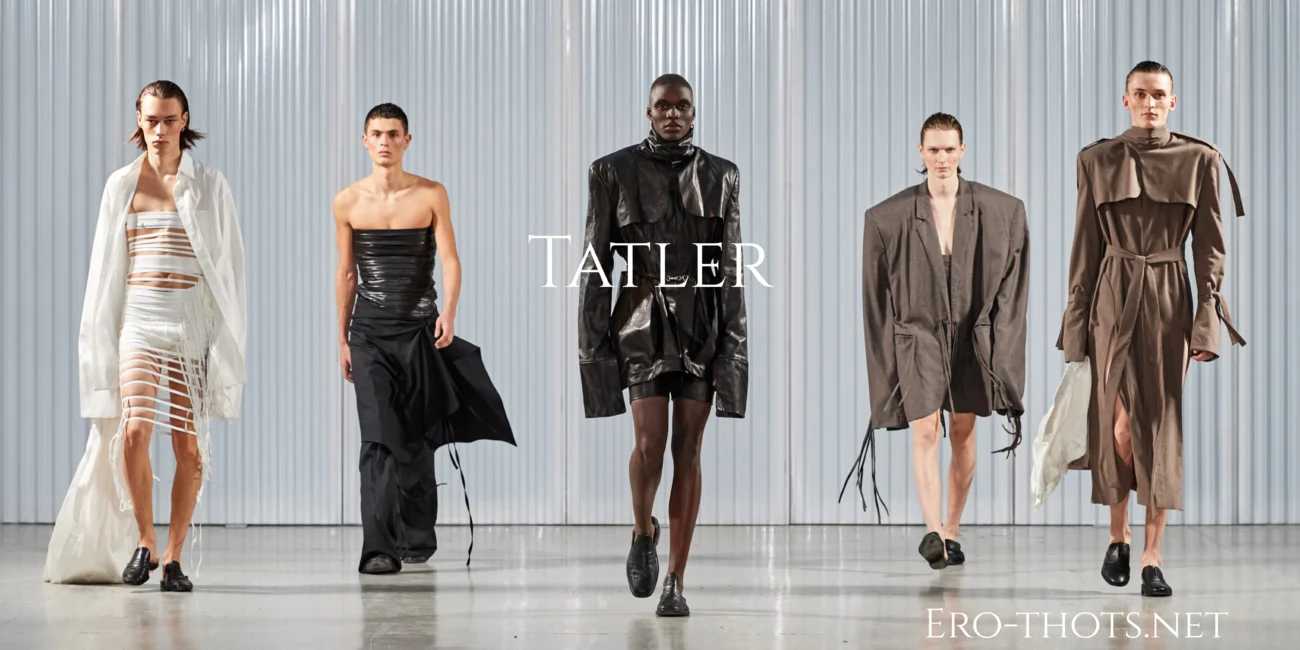Blog
The Raw Facts About Ice Water Facials: Benefits Backed By Science and Realistic Substitutes

Dunking your face into ice water is a practice that has been trending on social media recently, especially with some celebrities and skin influencers sharing the amazing before and after video results they have experienced. This is a very old wellness tradition also practiced in many forms of therapeutic traditions for centuries and it presents some amazing benefits with regard to skin appearance and general health simply through temperature modulation!
Ice water facials work because of a physiological process called vasoconstriction, meaning because of the extreme cold, the blood vessels directly beneath the skin surface temporarily constrict. This vasoconstriction reduces blood flow to the area thus reducing inflammation, reducing puffiness, and causing a tightening of the area that helps contoured features brighten almost instantly.
Understanding the Physiological Responses to Cold Therapy on Facial Skin
Although you may feel intense sensations when using an ice water facial, the immediate effects and overall results are the positive outcomes from your natural physiological reactions. The immensely positive results from ice water facials occur instantaneously when the skin comes into contact with extremely low/near freezing temperatures. Both blood vessels constrict instantly to preserve core temperature and minimize fluid retention/puffiness, inflammatory responses from normal skin activities are virtually eliminated because your cells are slow metabolic and generating less heat since they are experiencing extreme low temperatures, and once the skin returns to normal temperature, we see increased blood flow and re-oxygenation restore a healthy energized facial appearance.
In addition to its aesthetic advantages, immersion in cold water stimulates the release of norepinephrine, a hormone that promotes alertness and improves mood while also offering natural relief to stress. This is why, after their morning ice-water exposure, many ice water practitioners claim they feel more awake, balanced emotionally and one of the easiest ways for them to discover natural energy without using caffeine.
Research indicates that consistent exposure to the cold can provide better skin resilience, potentially improving tolerability of environmental damages and improving skin’s natural rehabilitation process, and such results would not be instantaneous and only amount to better outcomes in the long term when the exposures are regularly performed, rather than just done periodically.
Ice Water Facial Technique and Safety
| Treatment Duration | Water Temperature | Frequency | Safety Considerations |
|---|---|---|---|
| 20-30 seconds | 32-50°F (ice water) | Daily maximum | Monitor for prolonged redness |
| 15-20 seconds | 50-60°F (very cold) | Twice daily acceptable | Avoid with rosacea flares |
| 10-15 seconds | 60-70°F (cold tap water) | Multiple times daily | Gentlest option for sensitive skin |
| 30+ seconds | Any temperature | Not recommended | Risk of skin damage or frostbite |
To perform this technique effectively use a bowl containing clean water and some ice cubes with a expected temperature of 32°F to 50°F. Provide a secure and comfortable facial immersion of the entire face from temple to jawline, keep your eyes closed and nose breathing primarily if not entirely. Such a technique requires submersion for the whole duration, despite the coldness you are feeling. It is about the length of exposure, and the benefits are cumulative throughout the exposure time.
Safety becomes increasingly important for individuals with exceptionally sensitive skin, cardiovascular diseases, or cold sensitivity. Start slow; as your skin continues to shock itself overtime it learns to adapt, so use progressively longer lengths of exposure time without complications over time. Discontinue immediately if prolonged redness, numbness, or abnormal behavior appears on the skin.
Alternative Cold Therapy Tools and Their Benefits in Comparison
| Product Type | Price Range | Convenience Level | Effectiveness | Best Use Case |
|---|---|---|---|---|
| Ice Rollers | $15-85 | High – no preparation | Very effective | Targeted treatment areas |
| Facial Ice Cubes | $5-55 | Medium – requires freezing | Effective | Full face application |
| Chilled Face Masks | $3-25 | High – ready to use | Moderate | Relaxation combined with treatment |
| Cold Globes | $20-150 | High – reusable | Very effective | Professional-level results |
| Refrigerated Skincare | $10-100 | Medium – requires planning | Moderate | Enhanced product benefits |
Ice rollers provide targeted cold therapy without the shock of completely submerging the face and are helpful in delicate areas such as around your eyes or specific problem areas. Stainless steel versions will hold temperature longer than plastic versions; however, both will provide substantial reduction of puffiness as long as they are stored appropriately in freezer compartments.
Specialized facial ice cubes with antioxidants, vitamins, or botanicals combine the benefits of cold therapy while applying active skin care ingredients. These products dissolve very slowly while applying, delivering nutrients concentrated in the ice cube, while simultaneously benefiting from the temperature, but typically these products will be much more expensive than icing your face in cold water or ice cubes.
Chilled sheet masks provide a gentler introduction to cold therapy while delivering hydrating or treatment ingredients at the same time. Just research that frequently apply normal sheet masks chilled with fridge storage for 30 minutes provide similar benefits of reducing puffiness, and do not take any of the specialized products or expenditure.
Creating a Weekly Cold Therapy Routine with a Progress Tracker
Creating a reasonable and sustainable cold therapy routine is a process. Cold therapy treatment requires incremental progress while also being mindful of how your skin responds to the temperature. Start treating every other day with milder temperatures. Then as your skin begins to adapt (and your schedule permitting) increase how often you treat, as well as the temperature.
Usually, cold therapy treatments first thing in the morning will demonstrate the most dramatic visual results, however, cold therapy treatment was introduced in the evening then it may provide relaxation benefits to help you sleep better, although some individuals may experience energizing effects, which may negate any evening benefits and act counter to some evening routines.
The best way to track how your skin is responding to cold therapy is to take photos at the same time of the day, at the same lighting conditions, so you have consistent documentation to collate your responses in terms of how methodical you have been about use and improvement in puffiness, even skin tone and overall appearance. Most individuals will see some discernible improvements within the first 3-5 days of consistent use, from my experience most see their best results after 1-2 weeks when cold therapy is performed consistently.
Long-Term Benefits and Maintenance Considerations
Using cold therapy as a regular practice may improve skin resiliency or increase circulation patterns or even have anti-aging benefits by stimulating collagen production due to the temperature variations. However, to establish those benefits as a mode of skin health will take you some months of regular application rather than weeks, so be patient.
This practice builds mental fortitude and stress tolerance because repeated exposure to controlled discomfort improves the ability to manage stress overall. Once they have established a cold therapy routine a lot of people have reported improved mood regulation and greater confidence in confronting daily challenges.
On the other hand, the key is maintenance, as sporadic application provides merely a temporary impact. Developing a structure for consistent practice—energy spent on hours in an ice bath, morning ritual, preparation of equipment, or finding an accountability partner—will ultimately determine the long-term results rather than how long or how intense the application is.
Frequently Asked Questions
How quickly can I expect ice water facials to begin to have a positive impact?
They have immediate and temporary impact within the first treatment for many and cumulative benefits are generally noticeable within a 3-5 day period of getting cold, with the best results showing after 1-2 weeks of consistent application.
Are some skin types unable to use ice water facials completely?
People with broken capillaries, rosacea, or extreme cold sensitivity should use ice-water treatments with caution or seek medical advice from their dermatologist before starting. Others who have very sensitive skin may benefit from other cold therapy options, such as using chilled products rather than submerging in ice water.
Can ice water facials be utilized instead of professional skincare therapies?
Ice water facials add to but cannot substitute for professional treatments such as facials, chemical peels, and medical treatment. Ice water facials offer temporary improvements and can be used to achieve additional enhancements to your other skincare routines (such as medi-facials); however, ice water facials do not address the underlying skin problems nor provide the same long-lasting structural changes.
What times work best for ice water facial treatments?
Morning applications will typically generate the most dramatic improvement, since most of us accumulate puffiness from overnight sleeping. Nonetheless, ice water facial treatments can be used any time you want to see reductions in puffiness or other forms of inflammation (for example crying, allergic reactions or sunburn).
How cold should the water be for optimum effectiveness?
Water temperature between 32-50° provides the best effect, since colder water does not mean better and in fact, considerably colder water may cause some degree of skin damage. Regular cold water from your tap (60-70°) can provide a mild effect for those who cannot tolerate ice water temperatures.
Is there any risk to regular ice water facial treatments?
When performed properly, ice water facials are safe for most people. However, overly long duration (more than 30 seconds), excessively cold temperatures or too frequent application may cause skin damage or an exacerbation of conditions. Always watch your skin’s response and modify your treatment regimen.
Disclaimer
This article details cold therapy facial treatments from dermatological information and customer experience perspectives. People respond to the same treatment differently based on their skin type, sensitivity, underlying conditions like eczema, etc. The information is for educational purposes only; it is not a substitute for professional medical or dermatological advice. Always talk to your qualified healthcare providers before beginning new methods of skin care treatments, especially when experiencing symptoms related to underlying skin issues or when experiencing unusual reactions to temperature changes. If irritation, unusual reactions, or discomfort are experienced while using any treatment stop using it immediately.

















